
Nauru was once one of the richest countries on Earth. Today, it barely makes headlines unless someone’s Googling “how to lose a fortune fast.” This tiny island saw more money than it knew what to do with and lost it all just as fast. Want the real story without the sugarcoating? These 10 details explain the rise and chaotic fall of Nauru.
Phosphate Made Nauru The Richest Country Per Capita

Nauru’s phosphate reserves, mined since the early 20th century, were among the most valuable on Earth. By the late 1970s, this single resource gave the island the world’s highest GDP per capita. With just over 10,000 people, the country provided free healthcare and widespread luxury, all funded by phosphate exports.
Strip Mining Devastated 80% Of The Island
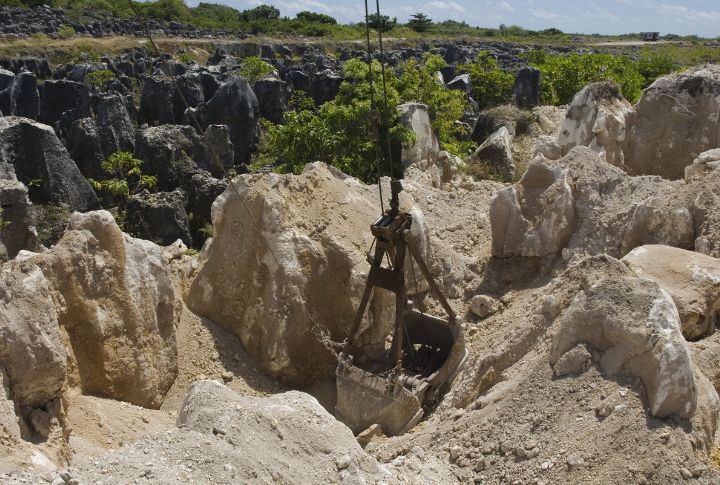
Mining phosphate stripped Nauru of most of its natural cover. Roughly four-fifths of the island turned into a jagged wasteland, with little potential for crops, buildings, or recovery. Additionally, soil and vegetation were nearly erased. The destruction ran so deep that relocation became a serious option. Today, Yaren is one of the few usable areas left.
Nauru’s Trust Fund Was Mismanaged And Lost Billions

The Nauru Phosphate Royalties Trust once held over $1 billion, but poor financial decisions quickly drained it. Funds went into airline ventures and a $4 million musical in London. One surprising purchase included a skyscraper in Melbourne. By the early 2000s, most of the fortune had vanished through failed investments.
Lavish Government Spending Went Unchecked

In Nauru, government spending quickly spiraled as officials enjoyed frequent overseas travel and high-end perks like private chauffeurs with unlimited accounts. As a result, oversight disappeared and corruption took hold. Even Nauru Airlines, launched as a symbol of national progress, collapsed under mounting debt and mirrored the country’s financial decline.
Australia Seized Nauru’s Assets To Repay Loans
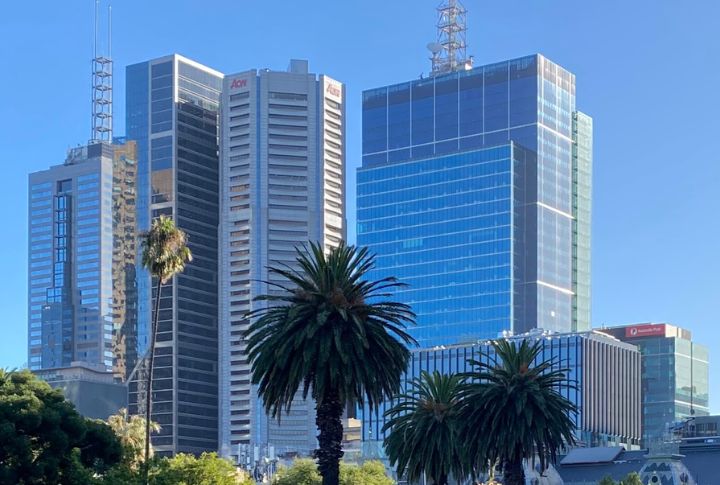
Nauru defaulted on several multimillion-dollar loans from Australia in the early 2000s. Because of that, Australian banks moved to seize national assets to recover the debt. One of the most notable properties auctioned off was a skyscraper in Melbourne. Conditions kept worsening, and before long, Nauru was borrowing money to keep electricity running.
The Country Was Blacklisted For Money Laundering
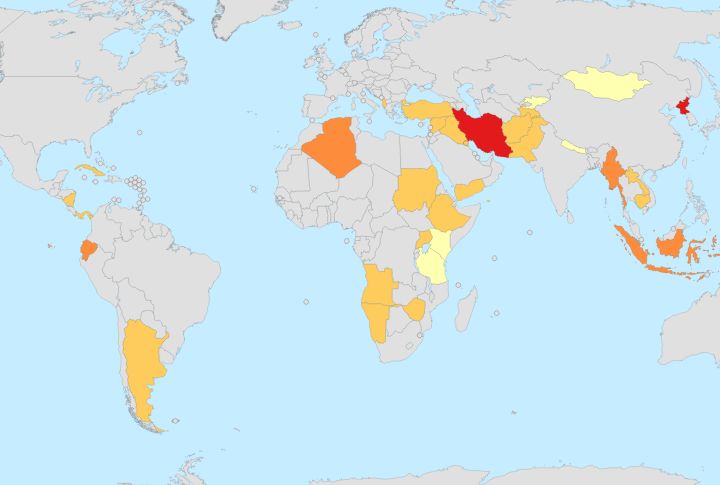
The FATF blacklisted Nauru in 2000 for failing to prevent illegal financial activities. Authorities claimed it enabled over $70 billion in Russian money laundering. More than 400 phantom banks operated without any physical location. Eventually, offshore banking came to a full stop in 2005, ending one of the island’s most controversial chapters.
Health Crisis Followed The Economic Freefall

After Nauru’s economic collapse, dependence on imported food became the norm. That dietary shift triggered a dramatic rise in obesity and diabetes across the population. As public healthcare funding declined, the system struggled to cope. Life expectancy dropped following the crash and has remained low ever since.
Nauru Tried To Sell Its Citizenship For Revenue

During the 1990s, Nauru attempted to boost revenue by selling citizenship to foreigners, with passports priced as high as $25,000. The program quickly became controversial, as some buyers were stateless or linked to illicit networks. Global pressure and growing scandal eventually forced the government to shut down the program.
A Brief Boom From Hosting Australia’s Asylum Camps
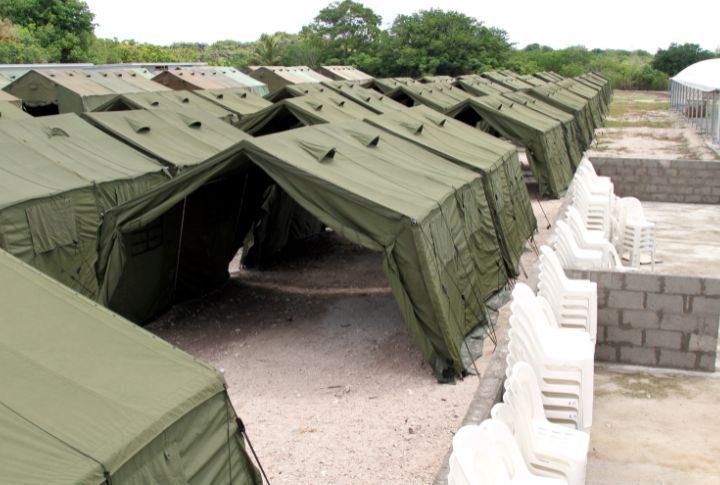
When phosphate profits vanished, Nauru found a new cash stream—Australia’s asylum camps. Australia paid millions for the island to host offshore detention centers. At one point, over 1,000 asylum seekers were held there. That arrangement brought a temporary economic boost but also stirred global criticism over human rights concerns.
Tourism Failed To Take Off Despite Efforts
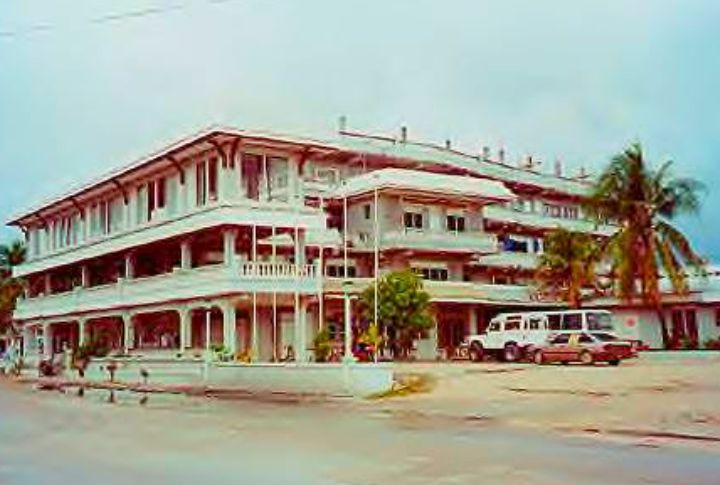
Efforts to build a tourism sector in Nauru stalled early. Distance, poor infrastructure, and the absence of major resorts kept travelers away. Few venture in—around 400 each year, mostly on official business. To grow this sector, the country would need significant upgrades in transportation and hospitality.
